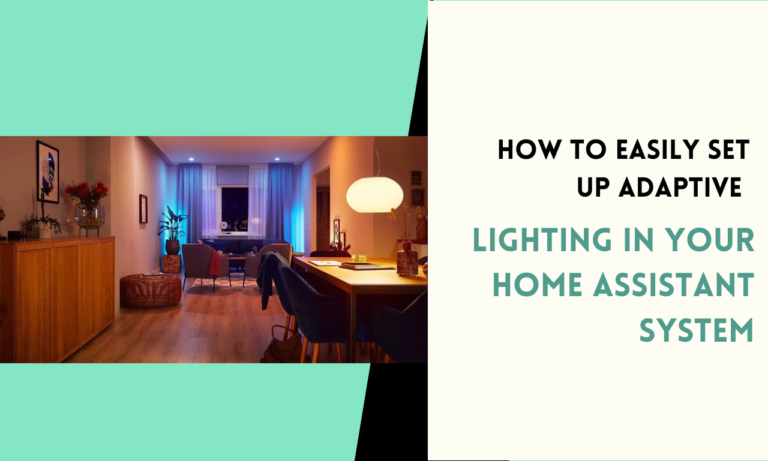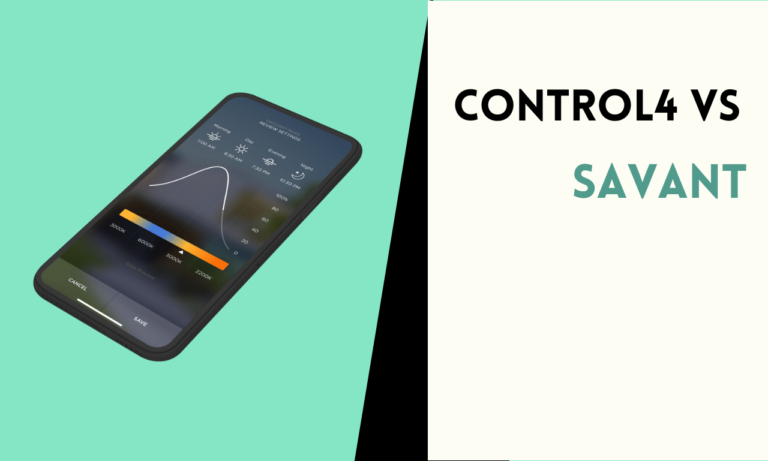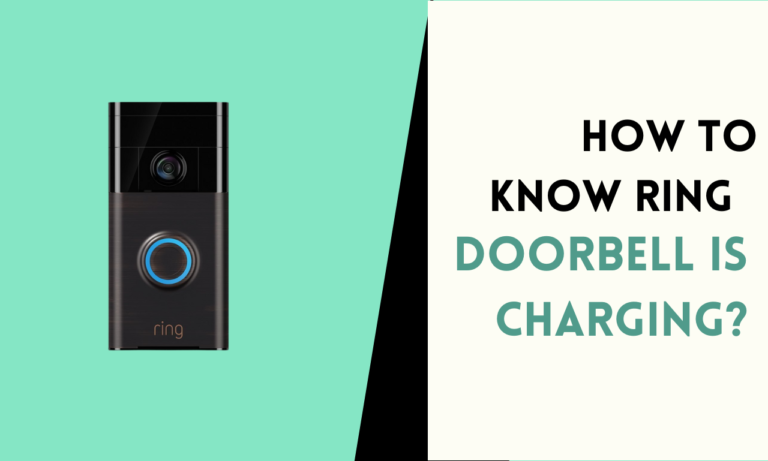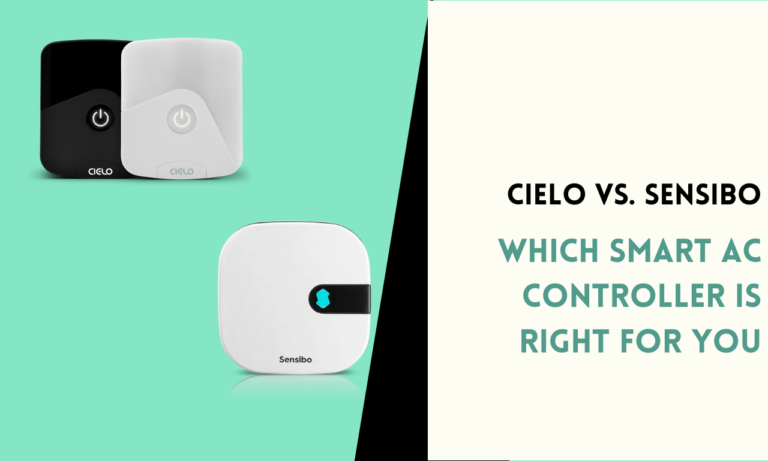How to Safely Use a Roomba on Carpets with Fringe
Does a Roomba clean a carpet with fringes? That might create problems. The fringe is the loose edge of a carpet, which can get stuck in the Roomba’s brushes or wheels.
To use a Roomba safely and effectively on such carpets, you need to prepare the area and make small adjustments. This guide explains how to use a Roomba on carpets with fringe and avoid issues.

Why Fringe Causes Problems?
The fringe on a carpet is usually long and thin, making it easy to get tangled. When a Roomba moves over the carpet, its rotating brushes can pull in the fringe.
This can stop the brushes from turning or even damage the motor. If the fringe is very thick, the wheels might also struggle to move smoothly, causing the Roomba to stop or change direction.
While Roombas can handle most carpets, some work better than others. These include:
- Low-Pile Carpets: Short fibers are easy for Roombas to clean without slowing down.
- Medium-Pile Carpets: Suitable for Roombas with strong suction and high-quality brushes.
- Rugs with Short Edges: Rugs without fringe or with very short fringe are less likely to cause problems.
How To Use a Roomba on a Carpet with Fringe?
If you want to use a Roomba on a carpet with fringe, these tips can help prevent damage:
1. Tuck the Fringe Under the Carpet
Fold the fringe under the carpet edges before starting the Roomba. This keeps the fringe away from the brushes and wheels. Use double-sided tape to hold the fringe in place if it does not stay tucked. Once the fringe is secured, you can easily activate Roomba without smartphone control by pressing the clean button on the device itself. This allows you to commence cleaning without needing to access the app. With the fringe safely tucked away, you can ensure a thorough and hassle-free cleaning session.
2. Use Virtual Walls or Barriers
Roomba models with virtual wall features can avoid areas with fringe. Place the barrier near the carpet edge to guide the Roomba away. If your model does not have virtual walls, use physical barriers like small boxes.
3. Adjust the Cleaning Area
Remove the carpet with fringe from the cleaning area if possible. Cleaning the floor without the carpet avoids all fringe-related issues. If moving the carpet is not an option, focus on tucking the fringe securely.
4. Monitor the Roomba During Cleaning
Watch the Roomba as it moves over the carpet for the first time. If it catches on the fringe, stop it immediately. Adjust the fringe or change the cleaning area to prevent future problems.
5. Trim the Fringe
If the fringe is very long and causes repeated issues, consider trimming it. Shorter fringe is less likely to get tangled in the Roomba brushes.
Pros of Using a Roomba on Carpet with Fringe
- Cleans both the carpet and surrounding floor area.
- Saves time compared to manual vacuuming.
- Works well if fringe is secured or managed.
Cons of Using a Roomba on Carpet with Fringe
- Fringe may get tangled in the brushes or wheels.
- Damage to the Roomba’s motor or belt is possible.
- Cleaning may require extra preparation or monitoring.

Some Roomba models handle fringe better due to advanced features. These include:
- Roomba i7/i8: These models have strong suction and anti-tangle brushes.
- Roomba j7: Includes obstacle detection to avoid problem areas.
- Roomba s9: Designed for cleaning thick carpets and edges efficiently.
How to Maintain Your Roomba After Cleaning Carpets with Fringe?
To keep your Roomba working well, regular maintenance is necessary. Here’s what to do:
1. Check the Brushes
After cleaning, remove the brushes and look for fringe wrapped around them. Clean the brushes thoroughly to prevent clogs.
2. Inspect the Wheels
Make sure the wheels are free of thread or fringe. Wipe them with a damp cloth to remove dust.
3. Clean the Sensors
Fringe can leave fibers stuck on the sensors. Use a soft, dry cloth to clean the sensors and ensure the Roomba navigates properly.
4. Empty the Dustbin
Cleaning carpets with fringe often means the dustbin fills quickly. Empty it after each use to keep the Roomba efficient.

There are times when it might not be worth using a Roomba on a carpet with fringe:
- If the fringe is long, thick, and cannot be secured.
- If the carpet is very old or delicate and may tear easily.
- If the Roomba gets stuck repeatedly, even with adjustments.
In such cases, manual vacuuming or using a handheld vacuum may be safer and more effective.
If using a Roomba on carpets with fringe seems too risky, consider other options:
- Handheld Vacuum: Easier to control and avoids pulling fringe.
- Stick Vacuum: Lightweight and works well on delicate carpets.
- Robot Vacuums Without Brushes: Some models rely on suction only, reducing fringe problems.
Using a Roomba on carpets with fringe requires a little extra effort. Tuck the fringe, set barriers, and monitor the cleaning process to avoid damage. Regular maintenance of your Roomba ensures it stays in good shape after cleaning.
FAQ’s
1. Can a Roomba clean carpets with fringe?
Yes, but the fringe can get caught in the brushes or wheels. To avoid problems, tuck the fringe under the carpet or use barriers to block the area. Some Roomba models handle fringe better than others. Proper preparation makes it safer to clean.
2. Does fringe damage the Roomba?
Fringe can tangle the brushes or strain the motor if it gets pulled inside. This can cause wear or require replacement parts. Regular checks and cleaning after use help prevent long-term damage.
3. How can you stop the Roomba from getting stuck?
Use barriers or virtual walls to block the Roomba from fringe areas. Folding the fringe under the carpet also works well. Trimming very long fringe can reduce the chances of it catching on the brushes.
4. Which Roomba is best for carpets with fringe?
Models like the Roomba i7, j7, or s9 work better with fringe due to stronger suction and anti-tangle features. These models also detect obstacles better, making them safer for such carpets.
5. What should you do if the Roomba gets stuck?
Turn off the Roomba and remove it from the carpet. Check the brushes and wheels for fringe or threads. Clean the parts and adjust the fringe before restarting to prevent more problems.

Scott is a husband, father, passionate writer and owner of homeautomationtalks.com and seniorgadgetguide.com. He loves to spend time in the garden, walking in the woods, cooking, is an avid gamer and most of all a tech enthusiast, which makes him the default tech support for his parents. 🙂






